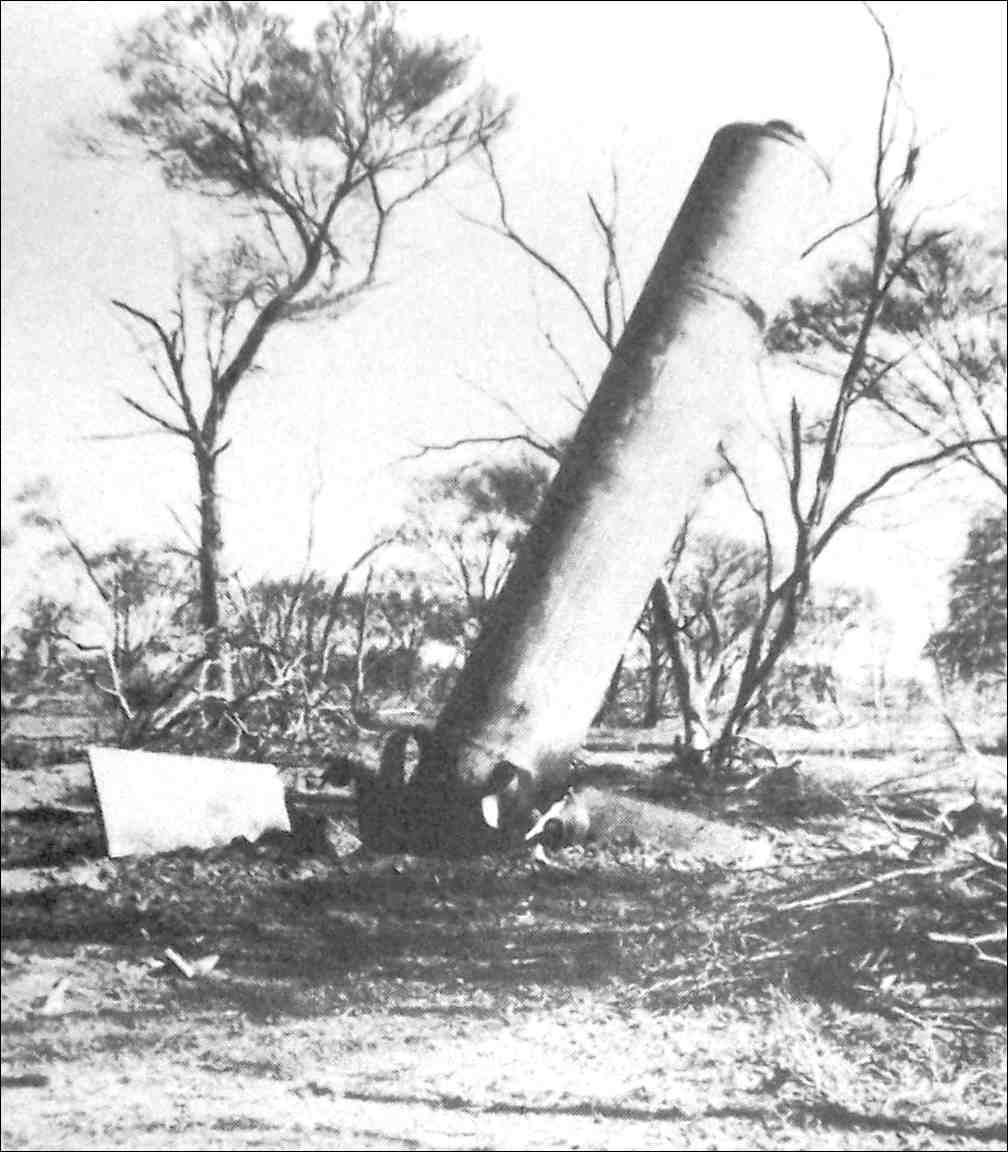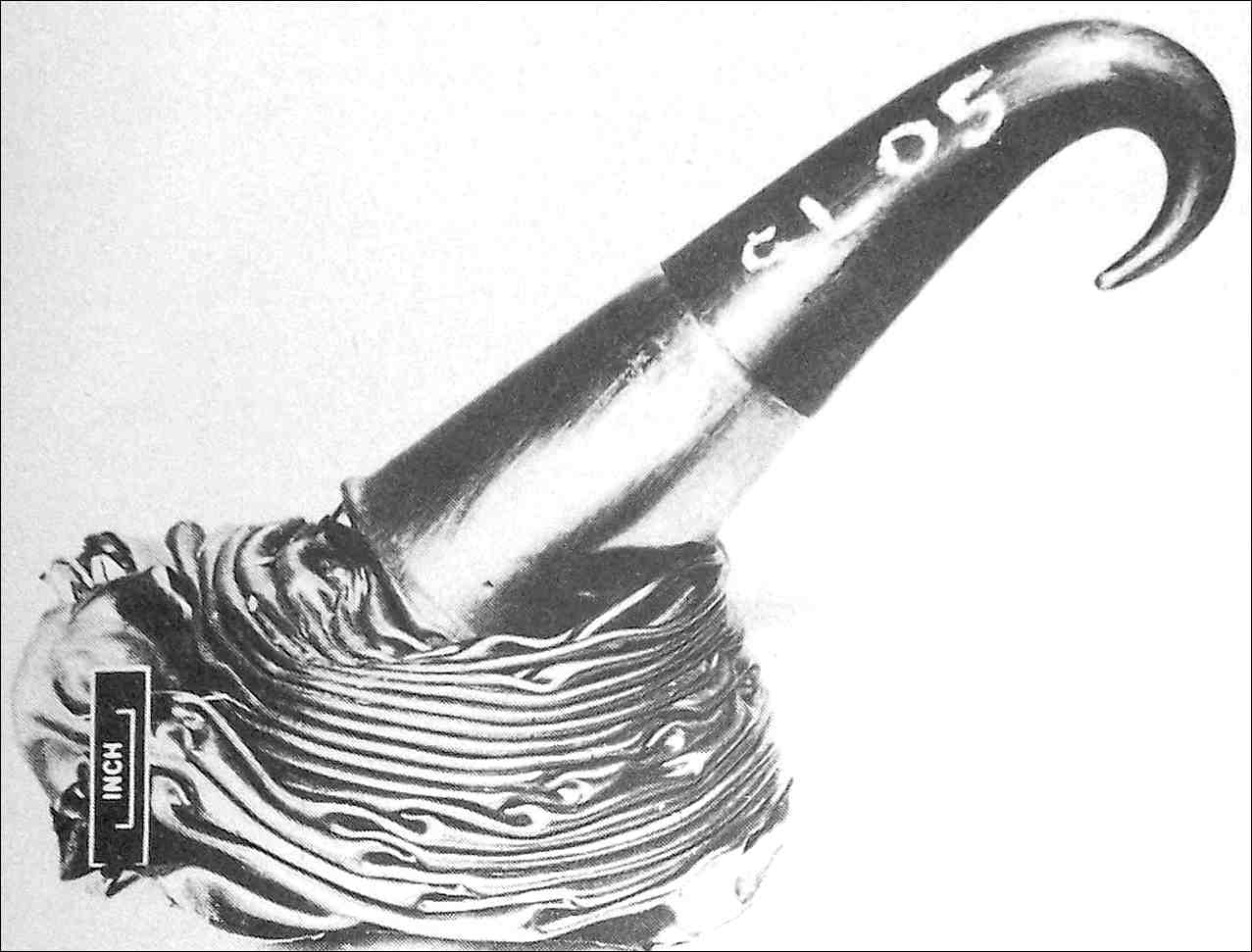|
BRITAIN'S FIRST SPACE ROCKET The story of the Skylark |
|||||||||||||||||
> Book home > A brief history > Reviews > Videos & links |
< previous
(alpha-numerically) |
< previous
(chronologically) |
|
||||||||||||||
|
Summary:
Although numbered SL05, this was in fact the seventh Skylark launched, as
delays meant it was preceded by SL06 and SL07. Technically it was the last
of the six 'proving' flights, and tested the new lighter 'GW 24' design of
fin assembly, as well as the new 'Raven II' motor, and a split nose cone. Preparation: Vehicle modifications, unfavourable weather and instrumentation problems delayed the launch from December 1957 launch until May 1958. On the third attempt on the 20th, SL05 was fired at 13:56 local time. Flight: SL05 performed well, and in just over three minutes reached 151 km (94 miles, 495,000 feet). This was nearly one fifth more than SL04, as SL05's Raven II motor was more powerful than the versions used before. The payload head was successfully separated from the motor case by an explosive charge just after peak altitude was reached. Recovery: The motor case impacted 122 km (76 miles) downrange, the head was found a mile away, severely damaged and in three pieces. Result: It was not clear if the nose cone had operated correctly, and unfortunately the cine camera fitted did not start, and the airglow photometer under the cone produced no results. The armoured camera was recovered intact, although wrecked. However a test of attitude-determining magnetometer and sun-detecting photocells was satisfactory. Overall, the experiments showed that much development was required before they could be reliable measuring devices. |
|||||||||||||||||
|
|||||||||||||||||
|
More: (i) 'Britain's First Space Rocket' book: page 101 onwards (ii) Dorling (1959), The First Six Skylark Firings, pp.46-57. (RAE Technical Report GW530, Oct.1959) (TNA:PRO DSIR 23/27687) |
|||||||||||||||||

